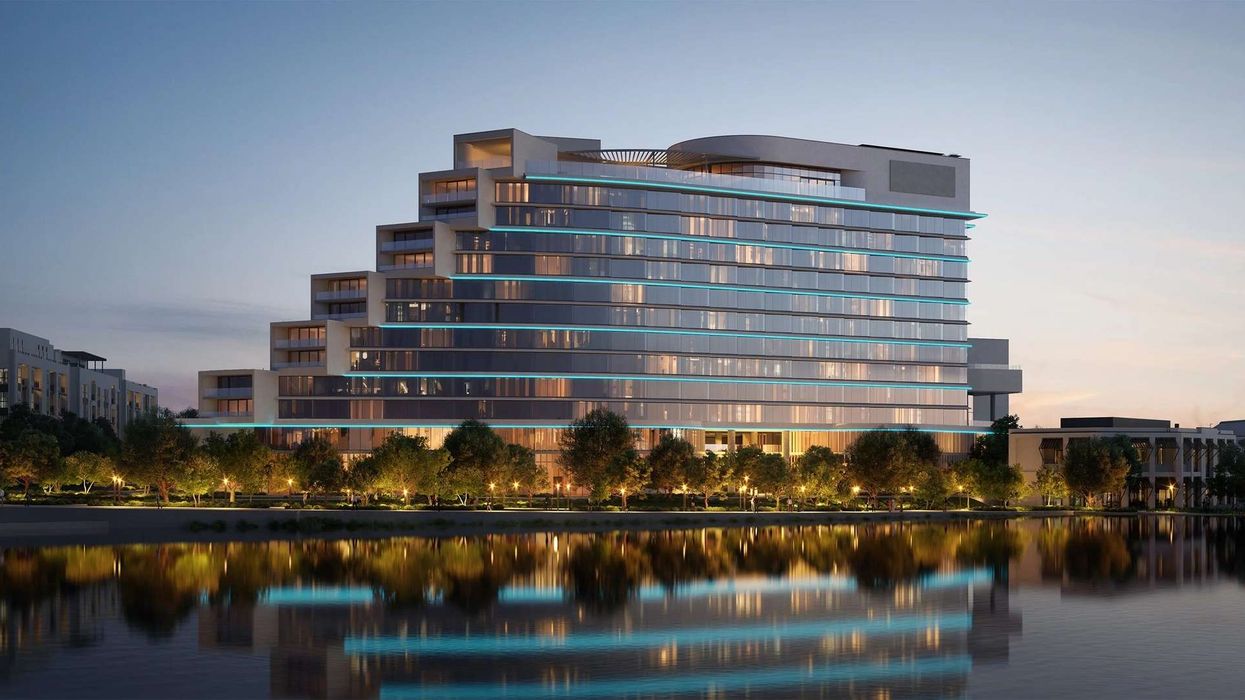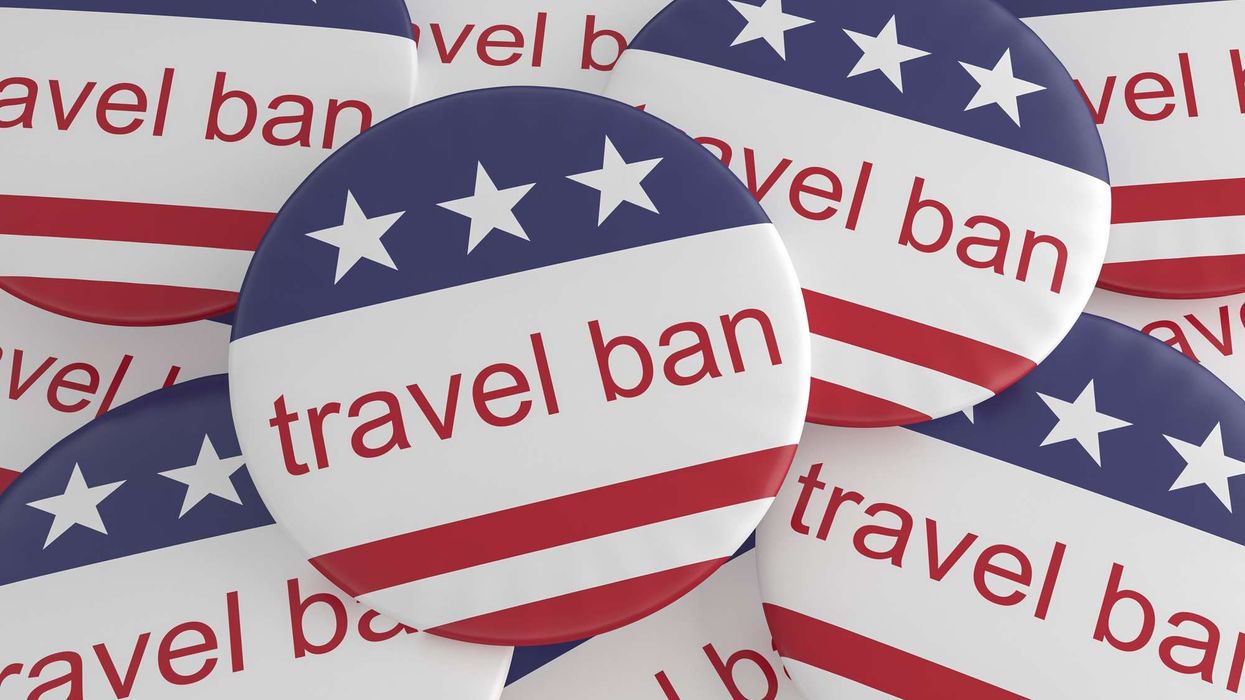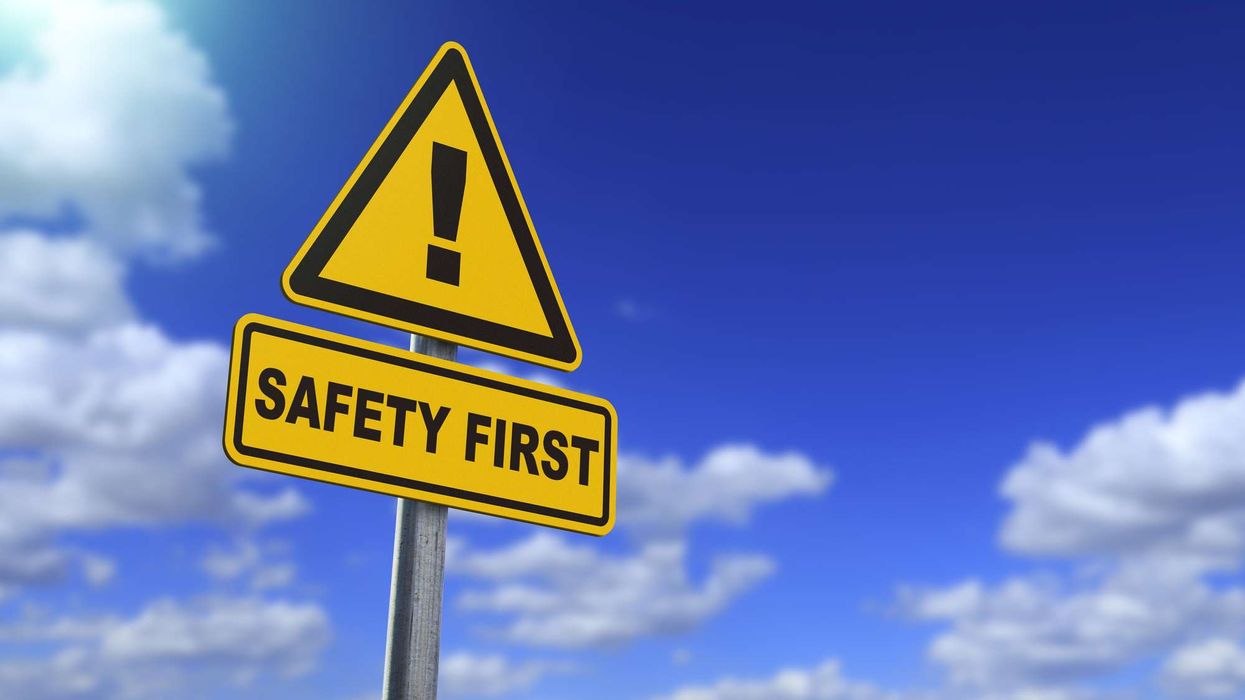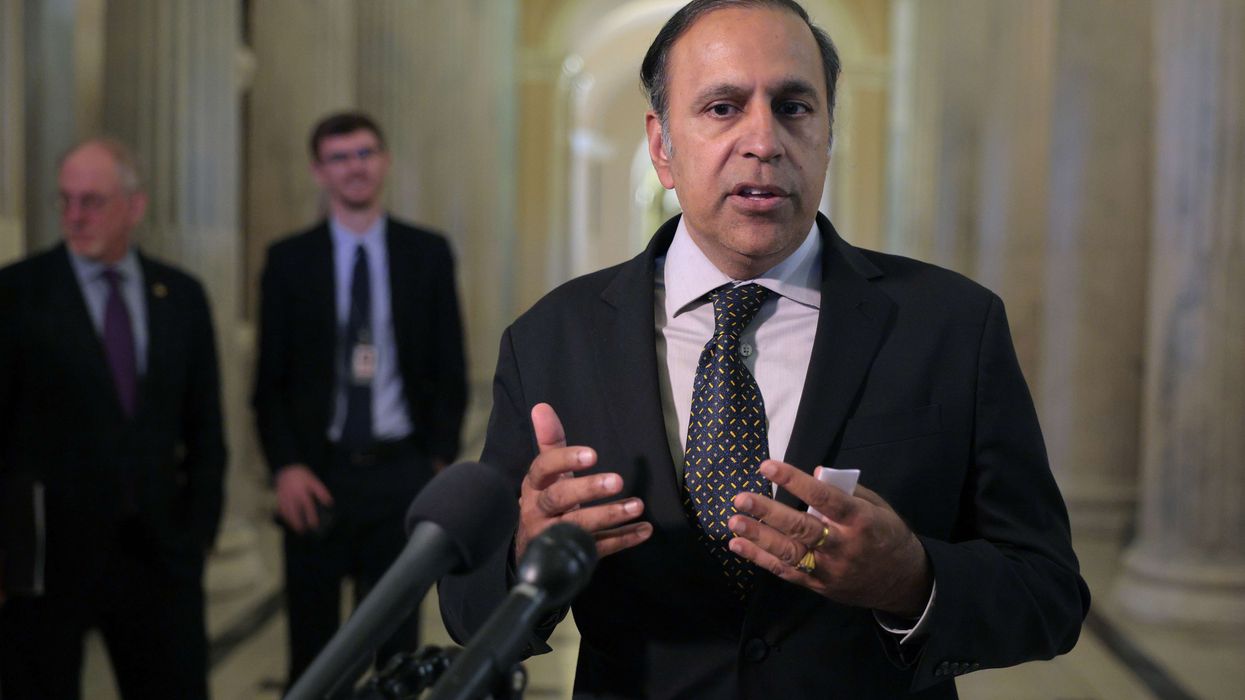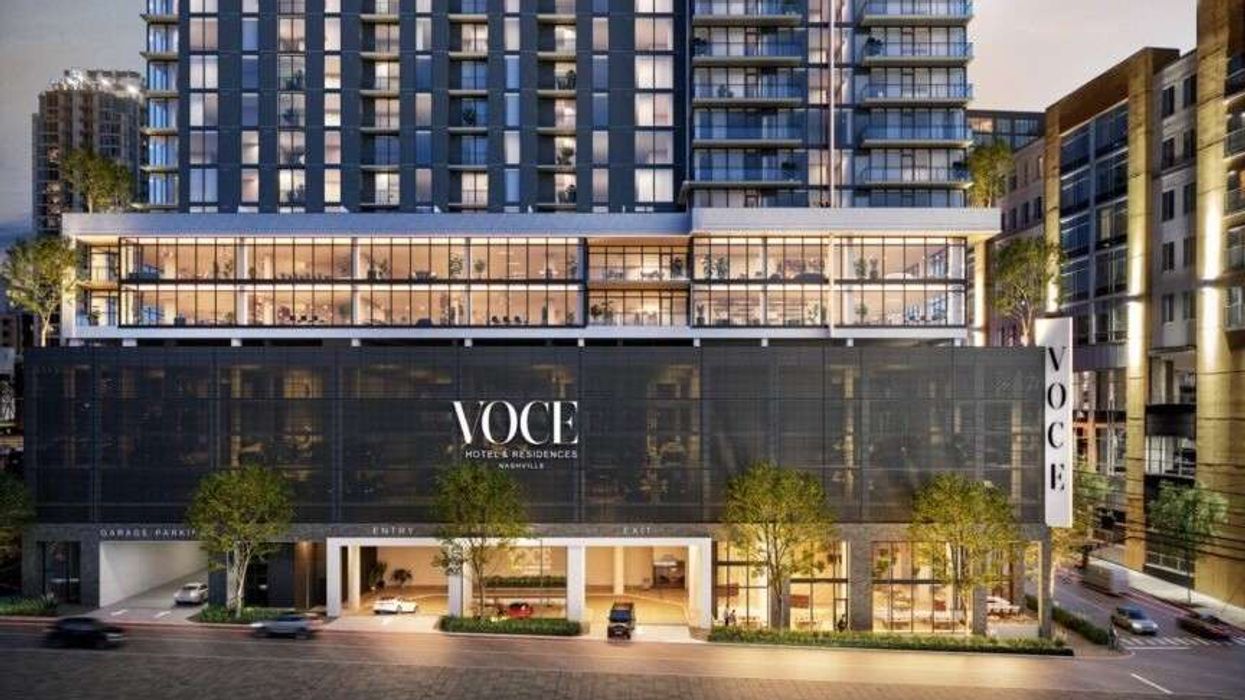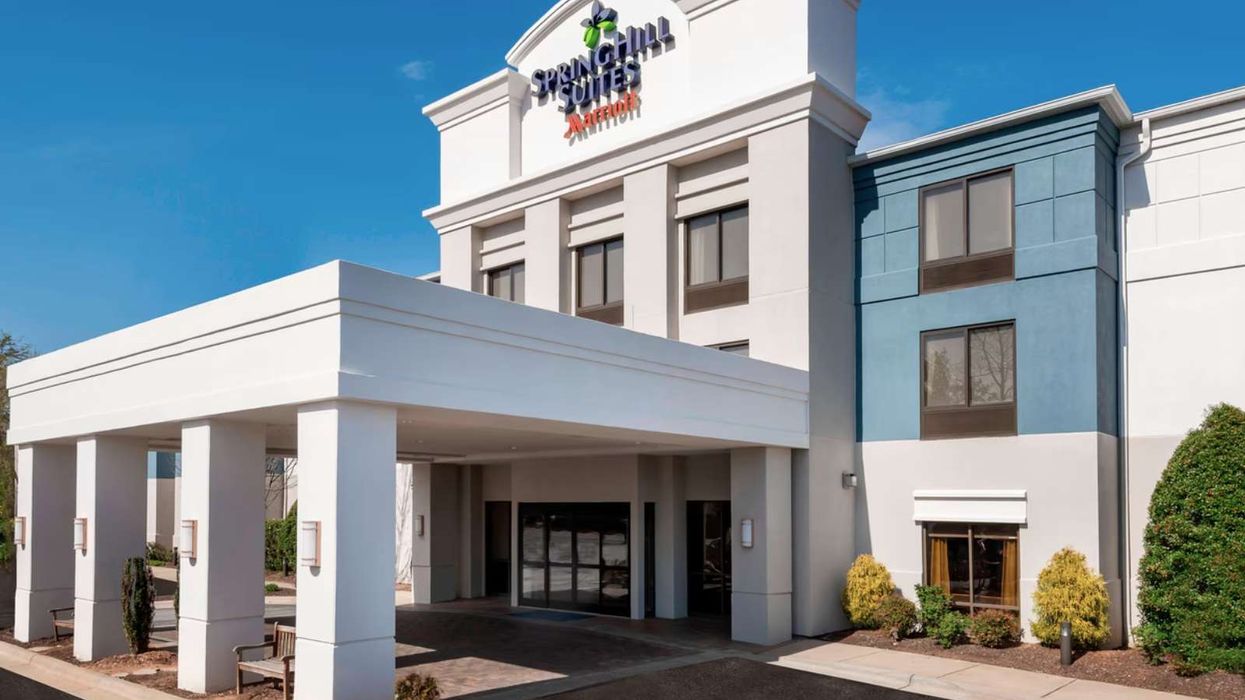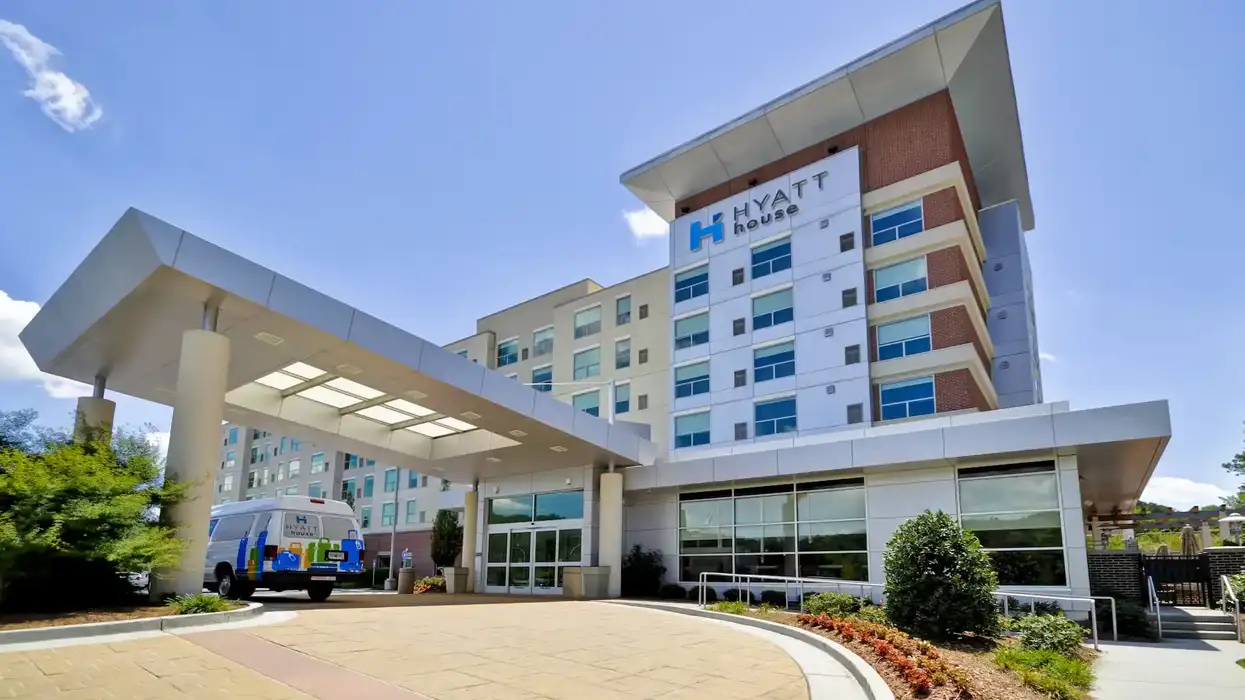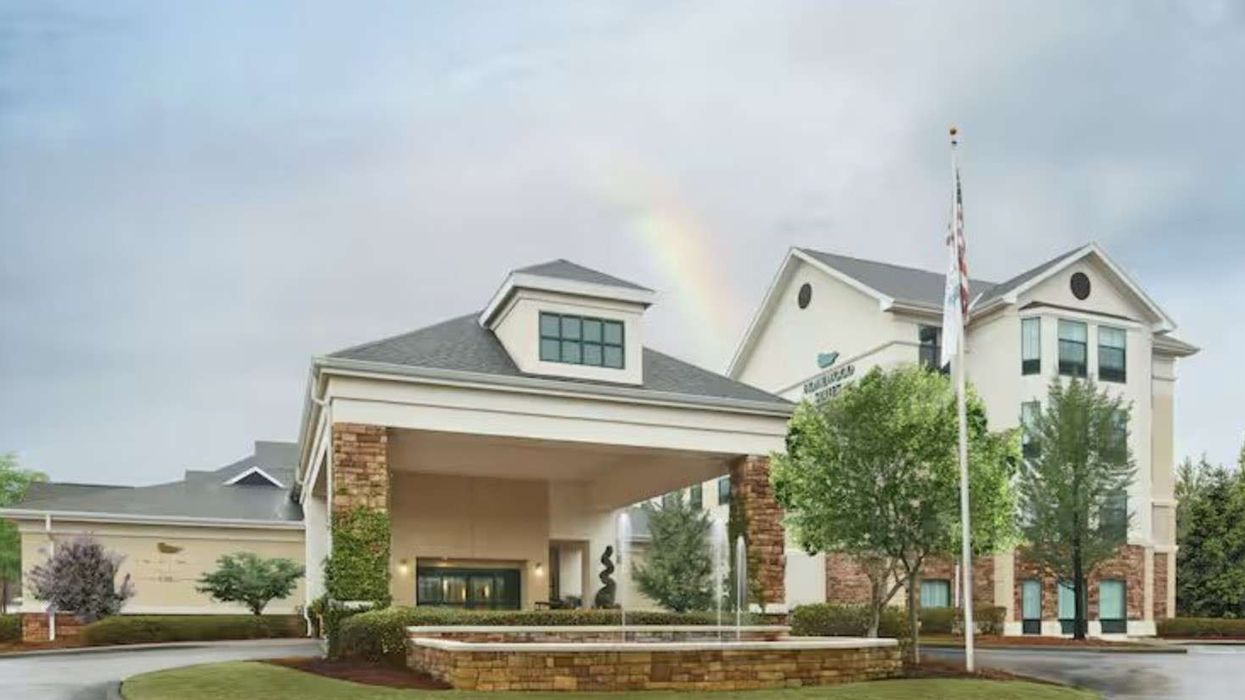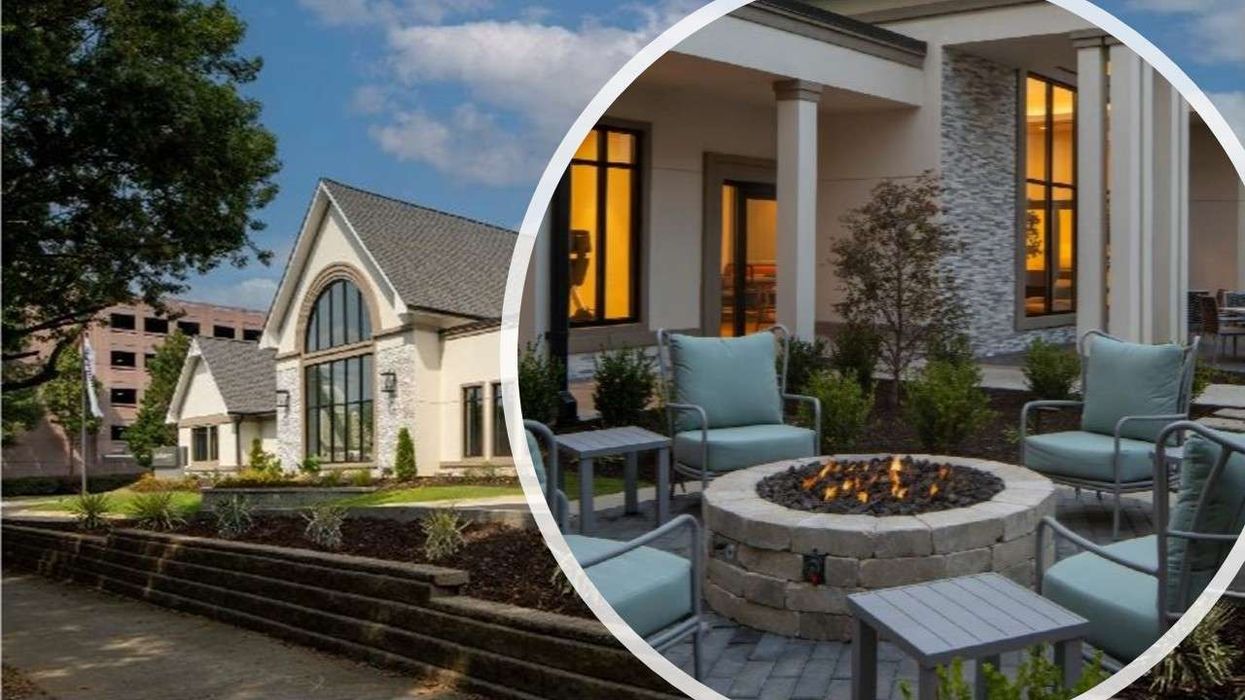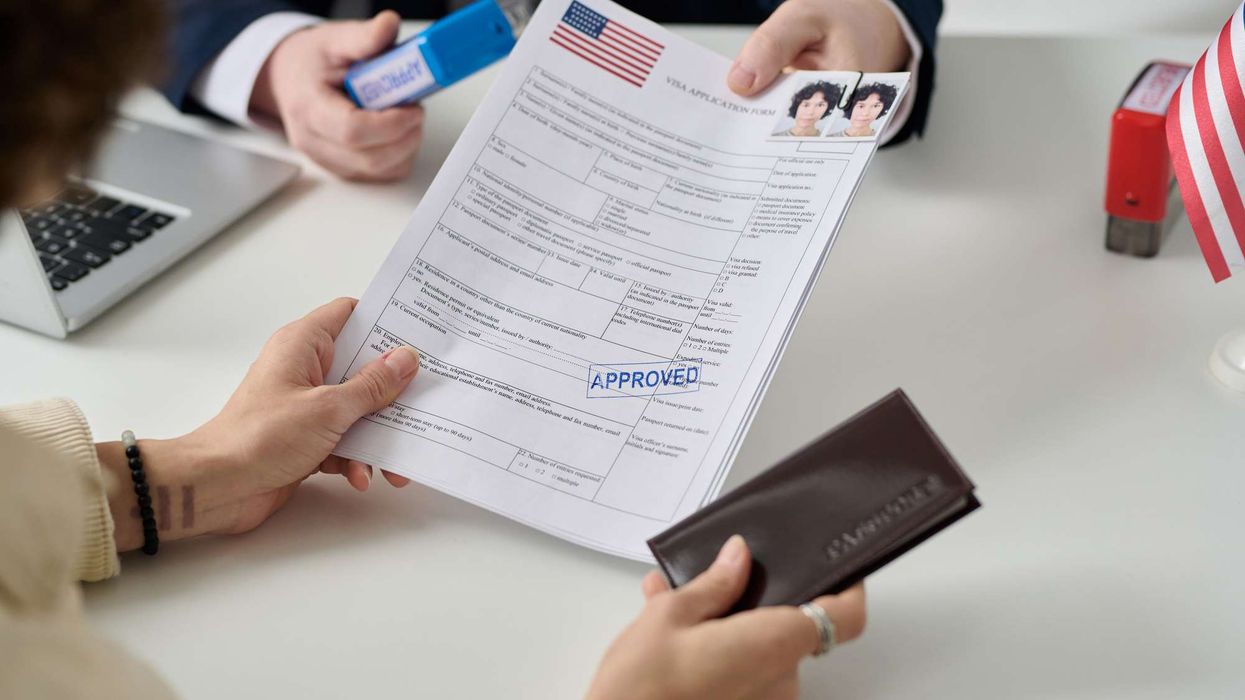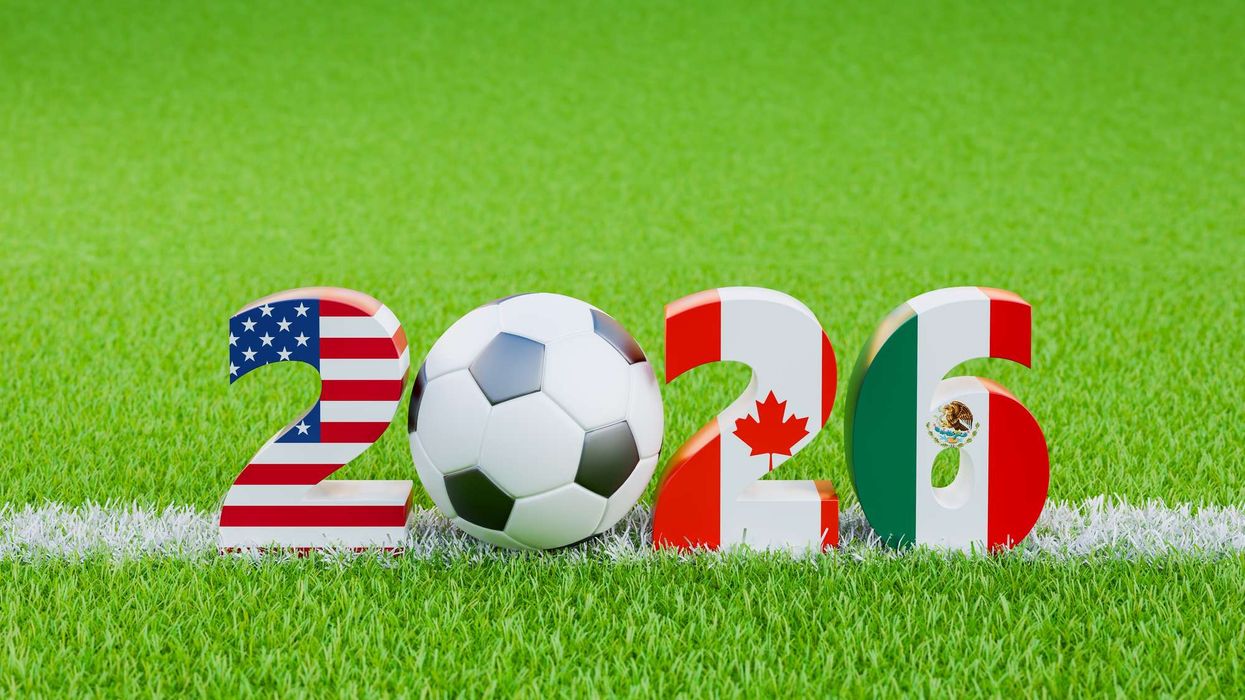U.S. HOTEL OCCUPANCY crept above 50 percent in the week ending Aug. 15 and other signs continued to indicate a gradual rise toward recovery for the industry, according to STR’s deep dive into its data for the week. At the same time, hotel gross operating profit per available room also showed positive movement in July, according to STR’s fourth profit and loss analysis.
Occupancy reached 50.2 percent during the week, according to data STR previously released, down 30 percent from last year. ADR for the week finished at $101.41, down 23 percent year over year while RevPAR dropped 46.1 percent to $50.87.
There were 370,000 new COVID-19 cases during the week, said Jan Freitag, STR’s senior vice president of lodging insights, in a video deep dive of the data for the week.
“But you see that the rate of growth for new cases is actually stalling,” Freitag said. “The good news is that the RevPAR percent of change is also getting better week by week by week, it’s inching up.”
The extended-stay sector remains the “golden child’ of the industry, Freitag said.
“Even in the trough on the week ending April 11 the lower rate extended stay sold probably half their rooms,” he said. “Now that number stands at just under 73 percent. For total extended stay we’re selling two out of three rooms, certainly a very, very good performance.”
STR’s new forecast for the year, released last week during its 2020 Hotel Data Conference, is slightly worse, Freitag said. It projects a RevPAR decline of 52.3 percent but rebounding next year to an increase of 37.9 percent.
“This, of course, is a demand story. Demand we expect to be down minus 39 percent this year and up 30 percent again next year,” he said.
ADR is expected to be down 20.9 percent this year, due mostly to a lack of corporate travel especially in the last half of the year, and it will rise to just 5.6 percent growth next year, Freitag said.
“That implies that in [the third and fourth quarter] of next year we’re actually going to see the resurgence of corporate business travel and corporate group travel,” he said. “Let’s see if that holds.”
As he did the week before, Freitag discussed STR’s new methodology for measuring the nation’s room inventory, the Total Room Inventory, which includes rooms that are temporarily closed for the pandemic. According to the standard measure, average occupancy was 47 percent, but in the TRI measurement it was 44.6 percent, a 5.2 percent difference.
Freitag said the math of the model dictates that the difference between the two models must also equal the percent of rooms that were closed, 5.2 percent. Applying that per specific markets, the formula shows the same difference.
“In Oahu, we reported the monthly occupancy standard at 23.3 percent, but when you take into consideration all rooms the occupancy drops to 12.3 percent, implying that 47.5 percent of rooms are actually out of inventory, temporarily closed.”
In its P&L for July, STR reported GOPPAR reached $5.74, the first positive profit amount since February but still down 93.3 percent versus last year. TRevPAR was $60.04, a 74.1 percent decline from last year, while EBITDA PAR stood at negative $9.24, a 115.1 percent drop from last year. Labor costs was $28.46, 64.8 percent drop.
“As the industry inched closer to 50 percent occupancy, we saw continued incremental improvement in the subsequent profitability metrics,” said Raquel Ortiz, STR’s assistant director of financial performance. “We are of course nowhere near pre-pandemic levels, but there were additional encouraging signs in positive GOPPAR for full-service hotels and six major markets.”

